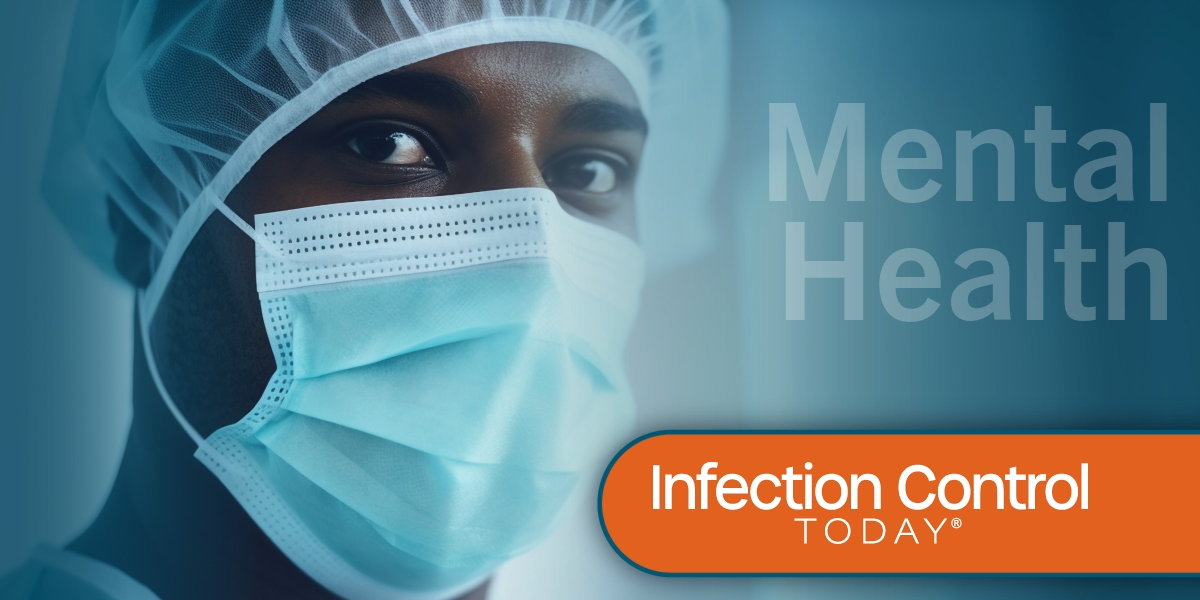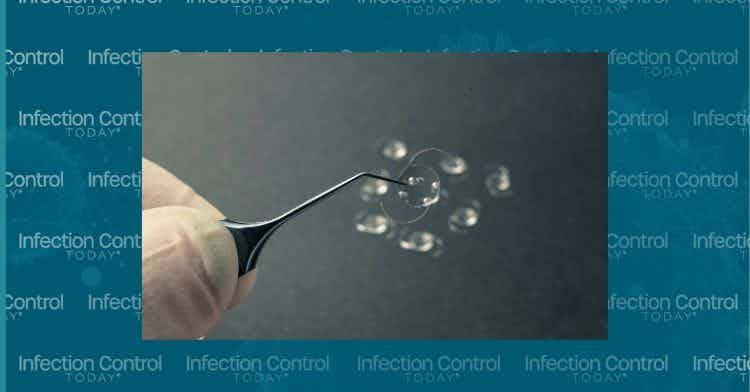Bioload Doesn't Have to be a Burden
Bioload Doesn't Have to be a Burden
By Becki Harter, CST, CRCST

Sterileprocessing department (SPD) personnel manage bioburden every day. Bioburdensimply refers to the number of microorganisms on a contaminated object, surface,device or instrument. This is also sometimes referred to as bioload. SPDpersonnel are the first and last links in the infection control process forsurgical departments in hospitals, clinics/doctors' offices and freestandingsurgery centers. SPDs must adhere to a strict code of processing andre-processing to protect patients from cross contamination and infection.
There are five basic principles in processing that must be followed toeffectively protect patients:
- Inspection and cleaning
- Decontamination/disinfection
- Processing/re-processing
- Storage
- Distribution
SPDs have more options to assist in the removal of bioburden. Washersterilizers and washer decontaminators have made processing and re-processingmuch easier and more effective. Because timing and turn-around requirements forinstruments and medical devices have become more and more critical in healthcarefacilities, there is a tendency or temptation to skip the first principle ofprocessing, inspection. This is a very dangerous departure from the bestpractice. Washer sterilizers and washer decontaminators are very effective inthe removal of bioburden consisting of blood, pus, protein and tissue.
Washer sterilizers and washer decontaminators should not, however, replacehands-on physical removal of visible bioburden as the first very critical stepin the processing/re-processing of instruments/medical devices. Washers areimmediately more effective tools against infection and cross contamination whenapplied within the five basic principles of processing rather than used to skipsteps. Routine deviation from the basic principles can create negative resultsin the patient-care delivery system.
One concern that is getting more attention is the development of biofilms oninstruments/medical devices or within instruments that have channels or long,hard-to-reach ports, crevices or device designs that cannot be taken apart orcontain multiple complex contours (i.e., rasp, reamers, broaches or complexendoscopic instruments). A biofilm is a layer of microorganisms that contain amatrix (slim layer), which will form on surfaces that come in contact withwater. The incorporation of pathogens in biofilms can protect the pathogen fromconcentrations of biocides that would otherwise kill or inhibit those organismsfreely suspended in water. Biofilms provide a safe haven for organisms, thuscreating the potential of cross contamination/infection.
Preventing cross contamination or the development of biofilms is as simple asfollowing these steps:
1. Never deviate from the five principles of processing/re-processing.Physical removal of visible bioburden using pre-soaks, brushes, sonics andspecially formulated bio degradation products coupled with the technologicaladvances in bioburden removal systems is the most effective pathway againstcross contamination to patients and the development of biofilms oninstruments/medical devices. Administrative support of the best practice must beinitiated by education from sterile processing and infection control departmentsand the development of turn-over times that will meet the needs of each patient,surgical department, physician and administrative fiscal concerns.
2. Use decontamination products that break down bioburden, such as enzymes,phenolics and quats.
3. Follow medical device manufacturers' recommendations for cleaning/disinfectionof instruments/medical devices to include purchase of special equipment toeffectively clean/decontaminate more complex instruments/medical devices (i.e.,flushing devices for channeled instruments to include solutions specific tothese devices).
4. When choosing instrumentation/medical devices for purchase, consider thefollowing:
- Equipment needed to process/re-process
- Special solutions needed
- Device complexity: can it be disassembled? Flushed? Immersed?
- Number of uses (some devices are semi-disposable)
- Time needed to re-process
- Special sterilization requirements (steam, plasma, EO/ETO, etc.) Can the instrument/medical device be sterilized in a published standard healthcare sterilization cycle?
5. Surgeon preference
6. Cost
Bioburden, biofilms, contamination, cross contamination and infection controlpresent unique challenges to every SPD and healthcare delivery system. Themanagement of these entities does not have to over-burden healthcareprofessionals if the best practices adhering to the best standards available areemployed. If any step in the process is skipped or altered to facilitate afaster turnover of medical devices for re-use the safety of the patient can bedemonstratively compromised.
Choosing instruments/medical devices that fit within the standard processingrequirements can diminish some of the challenge created by some very complexdevices. As new surgical procedures ascend on the horizon of healthcare, newinnovative medical devices must be developed to meet those proceduralrequirements. With strict adherence to the medical device manufacturer'sinstructions for cleaning and disinfection, the application of the five basicprinciples of processing, and use of the best bio-degradation solutions andwasher decontaminators/washer sterilizers, the burden of bioburden is no longerof any real consequence. Positive patient care outcomes can be achieved with astrong commitment from healthcare professionals including sterile processingpersonnel, physicians, nurses, management/administration, infection control/riskmanagement departments, medical device manufacturers and regulatory agenciessuch as the Food and Drug Administration (FDA) and the Association for theAdvancement of Medical Instrumentation (AAMI).
The key is to consider the needs of the patient first. Application of basicprinciples paved by the road of the best practice built on the foundation of thebest standard will ensure the safety and effectiveness of a positivepatient-care delivery system.
Becki Harter, CST, CRCST, is president and CEO of Indianapolis-basedconsulting firm Sterilization By Design, Inc.
The Sterile Processing Conference Survival Guide: How to Make the Most of Your Next Event
March 25th 2025From expert speakers to cutting-edge tools, sterile processing conferences, like the 2025 HSPA Annual Conference and the SoCal SPA's Spring Conference, offer unmatched opportunities to grow your skills, expand your network, and strengthen your department's infection prevention game.
Redefining Material Compatibility in Sterilization: Insights From AAMI TIR17:2024
March 24th 2025AAMI TIR17:2024 provides updated, evidence-based guidance on material compatibility with sterilization modalities. It offers essential insights for medical device design and ensures safety without compromising functionality.









